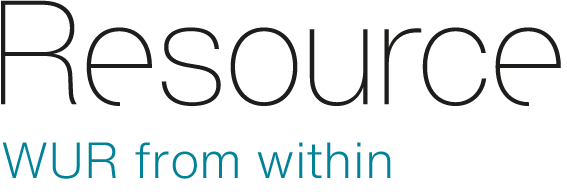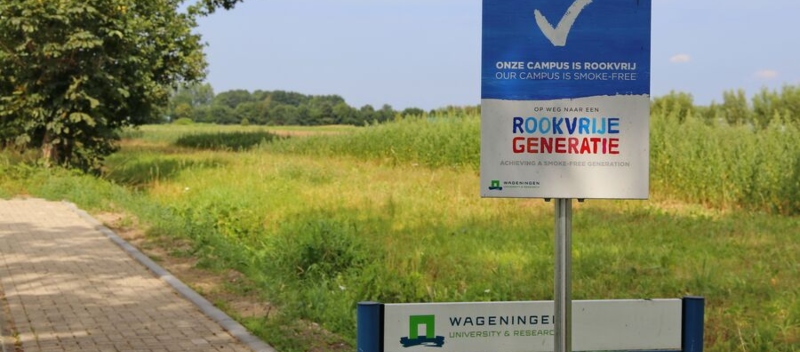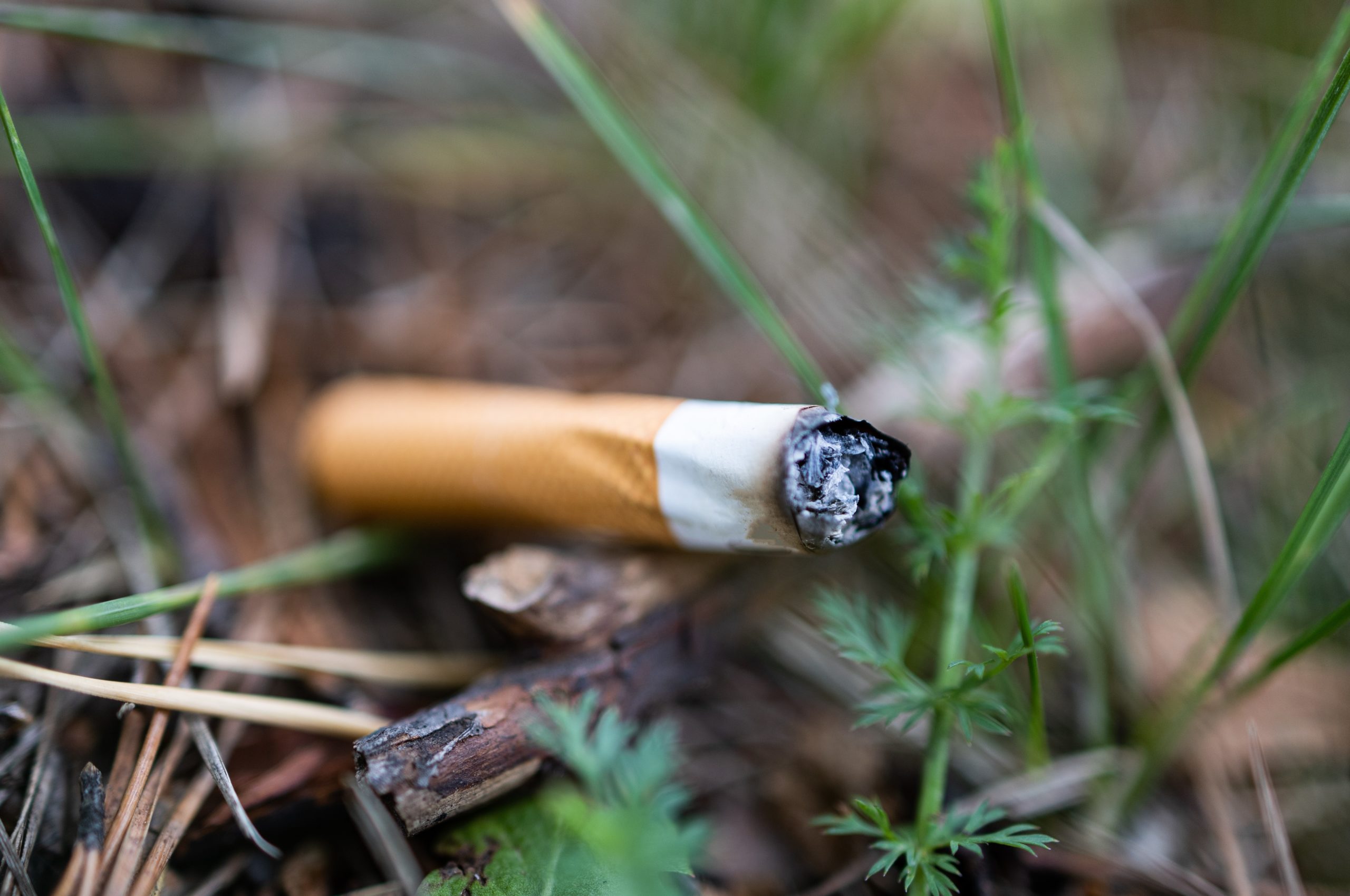The shelters on campus full of cigarette stubs are a strange sight, given the prominent blue sign above with a tick and a text saying smoke-free generation. The shelters were originally built as smoking corners and even after the ban on smoking they are still used as such. But that is set to change, says Martijn van den Heuvel, head of Integrated Facility Management. The shelters will be taken down.
That is part of a new campaign to make the campus genuinely no smoking. The campus officially became a no-smoking zone in July 2020. At first, pretty much everyone kept to this rule. But over time, students and staff have increasingly started smoking openly on campus. The old smoking shelters, which had been rebranded as outdoor working sites, have regained their original function as a result.
Confront smokers
But it is difficult to enforce the ban on smoking, says Van den Heuvel. ‘We want to do it, but we don’t have the tools. We aren’t allowed to impose fines. We can’t even ask smokers for their ID. And yet, as an organization, we can get fined if we don’t enforce the ban.’ That disparity in the rules means all they can really do is confront people who are smoking.

That is exactly what they will be doing in the coming weeks. Teams of students, clearly visible in their yellow jackets, will be going round campus confronting smokers about their behaviour. Smokers will get a symbolic yellow card, intended as a light-hearted gesture. Van den Heuvel: ‘We explain that the campus is no smoking and that this is a nationwide measure. Two yellow cards don’t make a red card though. There are no sanctions. We assume people will be cooperative.’
Tick
Van den Heuvel says the will to cooperate is there. That is evident from conversations with smokers carried out by interns at Facilities & Services in the preparation for the campaign. ‘Smokers were well-meaning but they often didn’t realize the ban is a nationwide measure, not a WUR rule. Or they see the blue sign but interpret the tick as meaning smoking is allowed. At any rate, that’s their excuse.’
In the past few years, the company Peukenzee has been hired four times to clear up the cigarette ends. They found about 5,000 cigarette stubs each time. ‘The picture is reasonably stable,’ says Van den Heuvel. ‘It’s not getting out of hand. But a green university shouldn’t have cigarette butts lying around everywhere, because it’s bad for the environment as well.’

 Photo Eddy Teenstra
Photo Eddy Teenstra 

